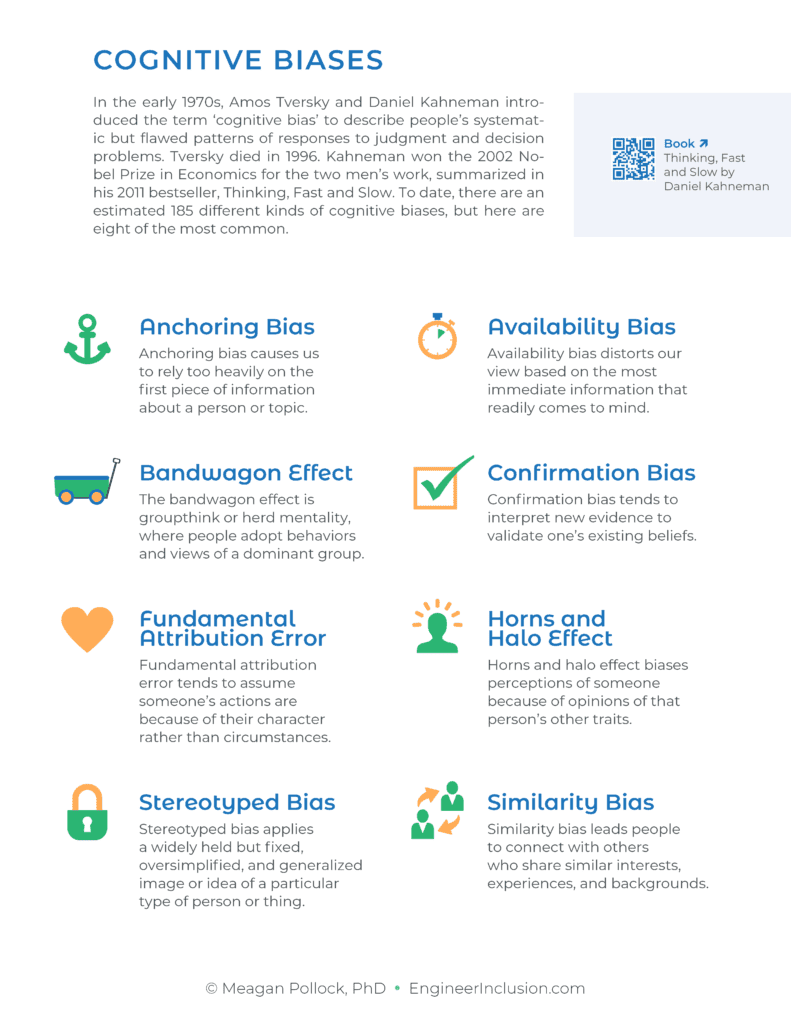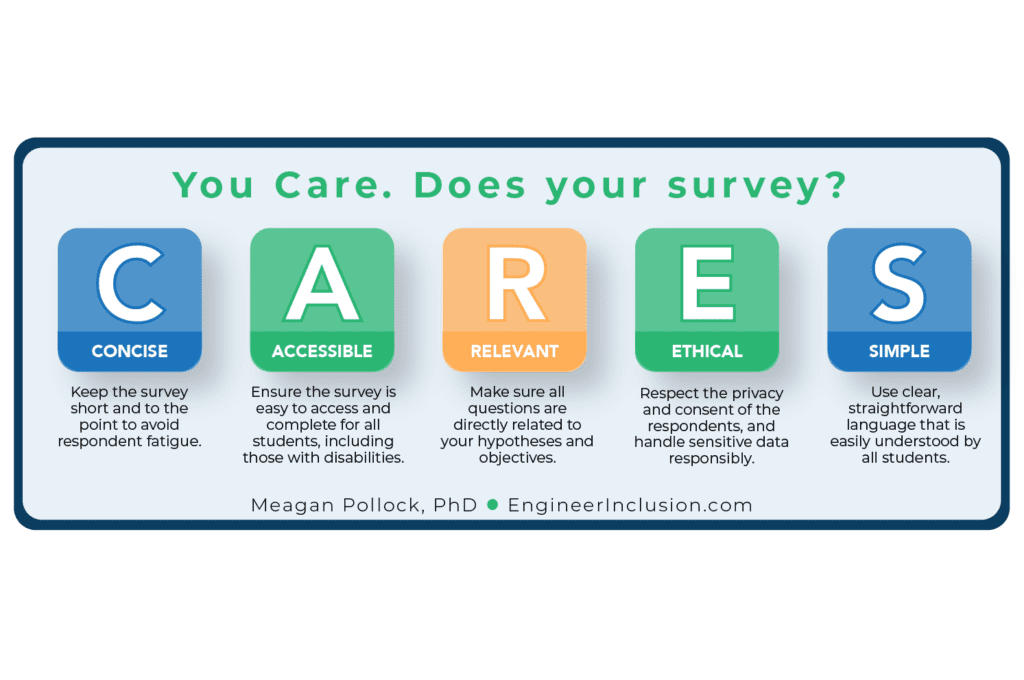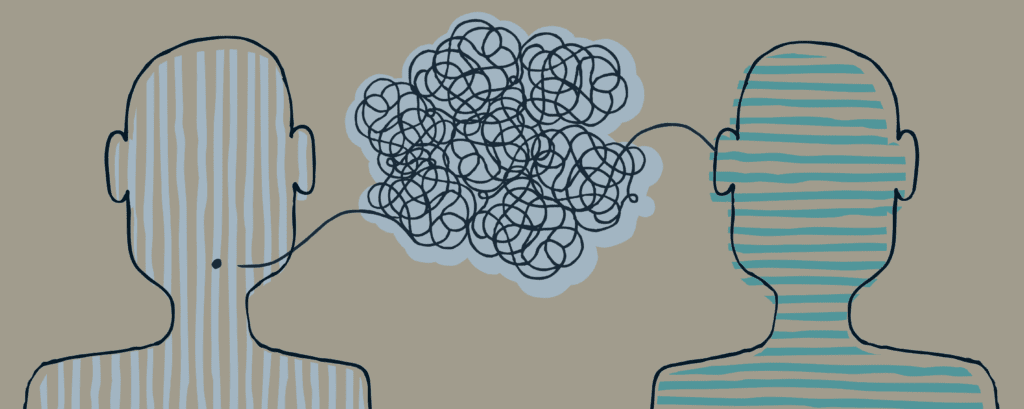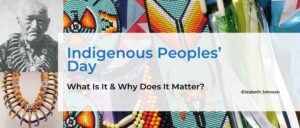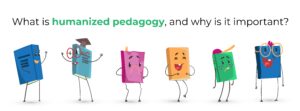By increasing our awareness and using tools and strategies for reducing the impact of cognitive biases, we can facilitate diversity, equity, inclusion, and belonging in our organizations. In this post, we break down 8 of the most common cognitive biases and provide a PDF download you can print or share.
Have you ever been on a long drive and suddenly, with a sleepy nod, you find yourself startled by the rumble strips on the road and wake up and straighten up? Rumble strips are effective additions to our infrastructure that reduce accidents. A cousin to guardrails, they help keep us safe on the roads.
What if we had something similar, a Pavlovian-style conditioning of sorts, to help protect us or alert us when we are about to make a grave error in judgment or misguided decision? While a sleek tech solution may not exist, there is something we can do.
COGNITIVE BIAS
In the early 1970s, Amos Tversky and Daniel Kahneman introduced the term ‘cognitive bias’ to describe people’s systematic but flawed patterns of responses to judgment and decision problems. Tversky died in 1996, but Kahneman won the 2002 Nobel Prize in Economics for the work the two men did together, which he summarized in his 2011 bestseller, Thinking, Fast and Slow.

We would all like to have a warning bell that rings loudly whenever we are about to make a serious error, but no such bell is available.
Daniel Kahneman
By increasing our awareness and using tools and strategies for reducing the impact of cognitive biases, we can facilitate diversity, equity, inclusion, and belonging in our organizations.

8 Common
Cognitive Biases
To date, there are an estimated 185 different kinds of cognitive biases, but that number alone causes some cognitive overwhelm! So, when we distill them down, we can focus on eight of the most common.
Anchoring Bias
Anchoring bias causes us to rely too heavily on the first piece of information about a person or topic.
Example: They didn’t make a great impression at the networking event. They were fine during the interviews, but I’m not sure they fit our team well.
Availability Bias
Availability bias distorts our view based on the most immediate information that readily comes to mind.
Example: Let’s ask Joe. We see him weekly at the impromptu happy hours, so he must be keen to take on more work with us.
Bandwagon Effect
The bandwagon effect is groupthink or herd mentality, where people adopt behaviors and views of a dominant group.
Example: Everyone else loves Jane, so I guess I should, too. I’ll go along with the vote in her favor, even though I don’t really know her at all.
Confirmation Bias
Confirmation bias tends to interpret new evidence to validate one’s existing beliefs.
Example: I knew Don was a rock star, despite what the evidence may suggest. This latest phenomenon only proves it!
Fundamental Attribution Error
Fundamental attribution error tends to assume someone’s actions are because of their character rather than circumstances.
Example: He is always late and does not present very professionally, in my opinion. I think he’s lazy and just doesn’t take this work seriously.
Horns and Halo Effect
Horns and halo effect biases perceptions of someone because of opinions of that person’s other traits.
Example: (Horns) I don’t want to work with them because they always have typos in their emails. (Halos) Let’s ask Meagan. She always does a great job on whatever she works on.
Stereotyped Bias
Stereotyped bias applies a widely held but fixed, oversimplified, and generalized image or idea of a particular type of person or thing.
Example: People like that don’t usually fit in well with our team.
Similarity Bias
Similarity bias leads people to connect with others who share similar interests, experiences, and backgrounds.
Example: Let’s ask George. He’s like us — the kind of guy you want to have a beer with after work.
How to use the tool

Review the cognitive biases and reflect on what each means to you.

Prepare to share the cognitive biases with your group. PDF download below.

Introduce the cognitive biases to your group at the beginning of your session, meeting, or event. Share that it is important to “intentionally engineer inclusion™” and invite people to help you co-create a space that prioritizes equitable and inclusive practices.

Remind the group about the key elements as needed throughout the session, and encourage participants to use the shared language to invite others to be thoughtful of the environment.
Want a workshop on this topic?
Are you interested in this workshop for your team? We can do it in-person or virtually for up to a full-day workshop, extending on each topic and increasing engagement through breakout groups.

Download PDF
Download an easy to print or share PDF.
When you download this resource, you agree to be added to our mailing list. We send about one email with resources and strategies every week. You can unsubscribe at any time.
